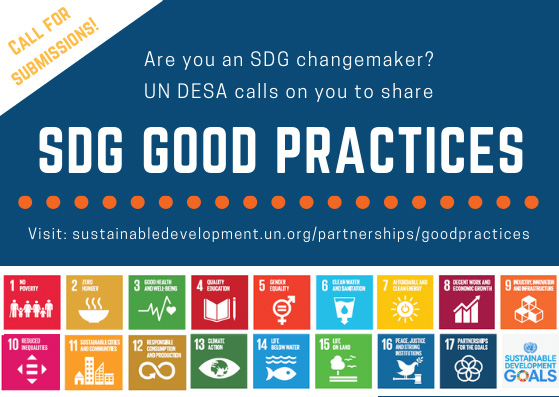Realizing No-till System in the subtropical regions of Brazil
Description
In subtropical regions of Brazil, the main grain production model is soybean/winter cereal under No-till, fulfilling two precepts of conservation agriculture: soil minimum tillage and crop residues in soil surface. These precepts are insufficient to promote sustainability. The high decomposition rate of crop residues makes ephemeral both soil aggregate stability and soil cover. Thus, in subtropical regions, No-till needs to be understood as a management system (No-till System), with adoption of others conservationist precepts: crop diversification; addition of biomass to the soil to attend the biological demand of the soil; harvesting/sowing process; agriculture terraces; and sowing in contour.
Training researchers, teachers and students of agricultural sciences, as well as technical assistants, extension agents and farmers to convert ‘No-till’ to ‘No-tillage System’. Converting the ‘No-till’ practice into ‘No-till System’ crop diversification is essential in the adopted production models, including summer grasses cultivation (maize, sorghum, millet, Urochloa…) at least once every three years. Summer grasses have potential to produce crop residues (straw and, most import, root) in quantity (at least 12 t/ha/year), quality (high C/N), and frequency to meet the biological demands of the soil in subtropical regions. Thus, planning production models with the required crop diversification is the essential factor to be observed when converting ‘No-till’ into ‘No-till System’, so that high technical and economic benefits would be generated. Minimizing the time interval between harvesting and sowing the subsequent crop (harvesting/seeding process) facilitates the crop diversification in different production systems, promotes greater number of harvest per year, increases the organic material input to the soil, promotes stability of soil aggregates, and maintains permanent soil cover. Agricultural terraces and sowing in contour are essential to retain the rainwater where it falls, avoiding losses of water, soil, organic matter, and fertilizers, as well contamination of the surrounding systems.
conducting training events focused on ‘Agronomic Update in Conservation Agriculture’, aiming researchers, teachers, and students of agricultural sciences and, most important, at technical assistants, extension agents, and farmers; presenting lectures on Conservation Agriculture; promoting Field Days; implementing Technological Reference Units and Demonstration Units; and participating in Exhibition-Agricultural Trade Shows, demonstrating features of ‘No-Till’ x ‘No-Till System’.
The activities carried out promoted, within the global scope of agricultural commodities production chains, the emergence of an environment responsive to the fundamentals of the No-till System, due to the economic, social and environmental benefits it produces.
SDGS & Targets
Deliverables & Timeline
Resources mobilized
Partnership Progress
| Name | Description |
|---|
Feedback
Action Network


Timeline
Entity
Region
- Latin America and the Caribbean
Website/More information
Countries

Contact Information
José Eloir Denardin, Dr.
